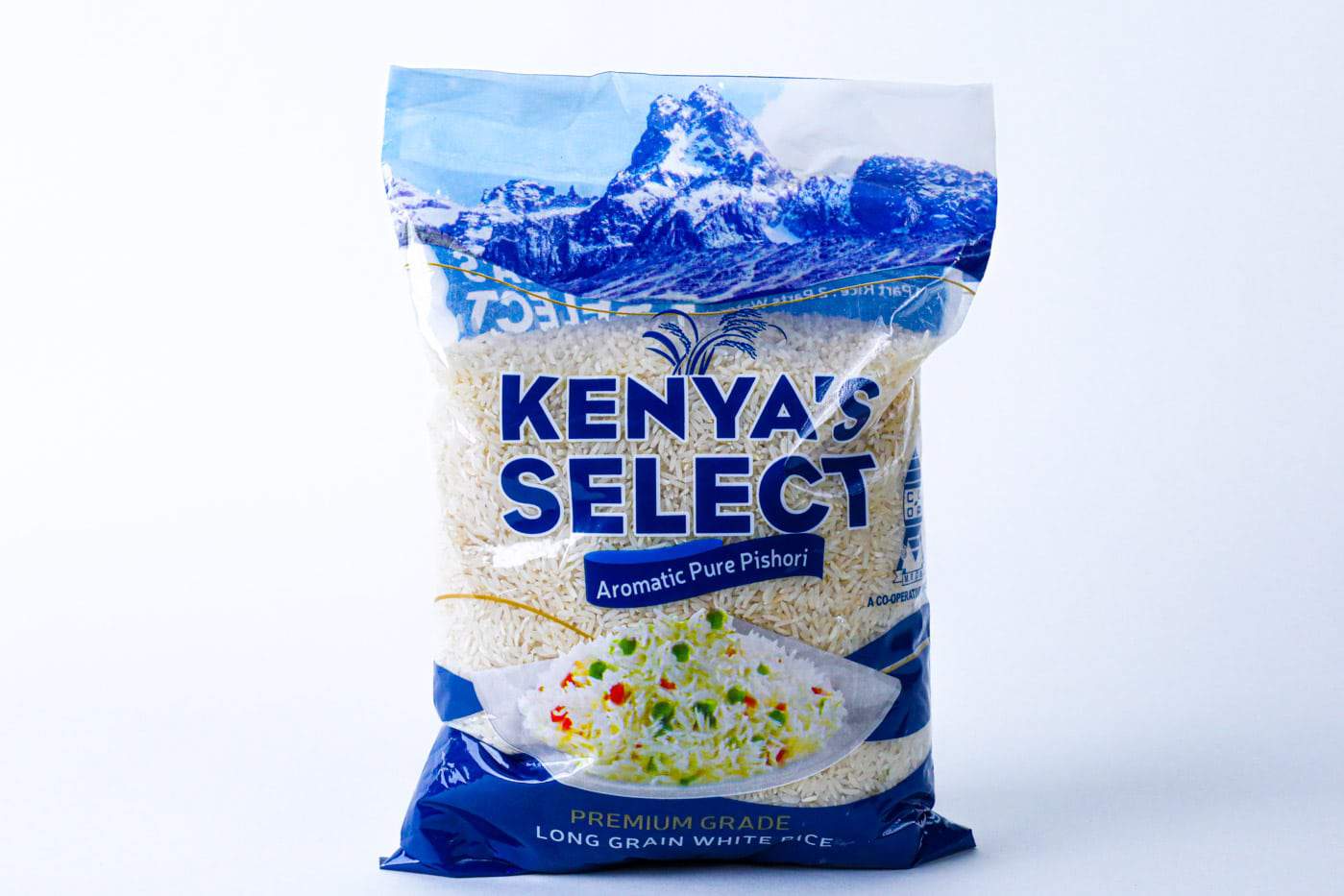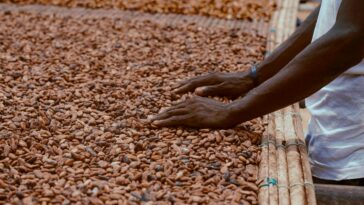Pure Pishori Rice from Mwea Tebere, Kenya: The Untold Story of Kenya’s Finest Rice.
Introduction to Pishori Rice from Mwea Tebere
Kenya is known for its rich agricultural heritage, and among its most treasured crops is Pure Pishori rice from Mwea Tebere. This aromatic, long-grain rice has become a staple in many Kenyan households and has gained international recognition for its fragrance, quality, and unique taste.
But what makes Pishori from Mwea Tebere so special? In this blog, we explore the cultivation, benefits, and sustainability of this premium rice variety—and why you should consider buying it directly from ivotia.com to support local farmers.
Why Mwea Tebere is the Best for Growing Pishori Rice
Located in central Kenya, the Mwea Tebere region is renowned for its fertile lands and well-irrigated rice paddies. The region’s rice farms are fed by the Ewaso Ng’iro River, creating an ideal environment for Pishori rice farming.
The swampy, nutrient-rich soils of Mwea Tebere ensure that Pishori grows with an unmatched aroma and purity, making it Kenya’s most sought-after rice variety.
What Makes Pure Pishori Rice from Mwea Tebere Unique?
1. Rich Aroma and Long-Grain Texture
One of the standout features of Mwea Pishori rice is its distinct nutty fragrance. As soon as it starts cooking, the rich aroma fills the air, making it instantly recognizable.
The long, slender grains remain fluffy and separate after cooking, making it an excellent choice for pilau, biryani, and other rice dishes.
2. 100% Pure and Chemical-Free
Unlike other rice varieties, Pure Pishori rice from Mwea Tebere is grown naturally without harmful chemicals. Farmers use traditional and organic farming techniques, ensuring pesticide-free and non-GMO rice.
3. Sustainable and Ethical Farming Practices
Farmers in Mwea Tebere employ age-old cultivation methods combined with modern irrigation techniques to ensure high yields while preserving soil health.
By purchasing authentic Pishori , you contribute to fair trade practices and help support Kenyan farmers who rely on rice farming for their livelihood.
How Mwea Farmers Cultivate Pure Pishori Rice
The process of growing Pishori is meticulous and labor-intensive. Here’s how farmers ensure the highest quality rice production:
- Seed Selection: Farmers carefully pick the best rice seeds to ensure genetic purity and high yield.
- Transplanting: Young rice plants are transplanted into flooded paddies, where they thrive in nutrient-rich soil.
- Irrigation: The rice fields rely on efficient irrigation systems to maintain the ideal water levels.
- Harvesting by Hand: Farmers hand-harvest the rice to maintain grain integrity and prevent damage.
- Sun Drying and Milling: The harvested rice is naturally sun-dried, ensuring its aroma and flavor remain intact before milling.
This traditional and eco-friendly process results in premium-quality rice with zero additives or artificial enhancers.
Health Benefits of Pure Pishori Rice
If you’re looking for a healthy and nutritious rice option, Pishori offers several benefits:
- Rich in Fiber: Supports healthy digestion and prevents bloating.
- Gluten-Free: Ideal for individuals with gluten intolerance or celiac disease.
- Low in Fat & Cholesterol: Helps maintain a healthy heart and weight.
- High in Energy: Perfect for a balanced diet and active lifestyle.
By choosing pure, unadulterated Pishori , you enjoy wholesome nutrition without unnecessary additives.
Why Buy Pure Pishori Rice from Ivotia.com?
Are you looking for authentic Pishori in Kenya? Look no further than ivotia.com—your trusted source for premium Mwea Pishori rice at fair-trade prices.
Reasons to Buy from Ivotia.com
✔️ 100% Pure & Certified: We source directly from Mwea Tebere farmers.
✔️ Fair Prices for Farmers: Your purchase supports local rice growers.
✔️ Fresh & High-Quality: Directly sourced, ensuring authentic flavor.
✔️ Convenient Online Shopping: Order from anywhere in Kenya with fast delivery.
How to Cook and Enjoy Pishori Rice
Looking for delicious ways to enjoy Mwea Pishori? Try these classic dishes:
- Pilau: A fragrant rice dish cooked with spices, meat, and vegetables.
- Biryani: Layered rice dish with rich flavors and aromatic spices.
- Steamed Rice: A simple, fluffy side dish to stews, curries, and grilled meats.
For the best cooking results, rinse the rice thoroughly before cooking and use the right water-to-rice ratio to maintain its fluffy texture.
Conclusion: Experience the Best Pishori Rice in Kenya
Pure Pishori rice from Mwea Tebere, Kenya, is more than just food—it’s a symbol of tradition, quality, and sustainability. This fragrant, long-grain rice continues to win hearts across Kenya and beyond, thanks to its exceptional taste and nutritional benefits.
By purchasing your rice from ivotia.com, you are:
- Supporting local Mwea farmers
- Promoting sustainable agriculture
- Enjoying 100% pure, premium-quality rice
Order your Mwea Pishori rice today and savor the authentic taste of Kenya!
Shop your Pishori now at ivotia.com



